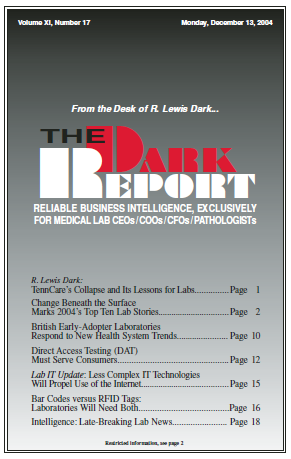EXPERTS in information technologies (IT) predict that the next paradigm shift in IT will come from reducing the complexity of software and hardware. Analyst Steven Milunovic of Merrill Lynchstates that, as complex IT systems are simplified for users, every single employee will be expected to use IT technology. This will increase the number of Internet …
Less Complex IT Technologies Will Propel Use of The Internet Read More »
To access this post, you must purchase The Dark Report.


